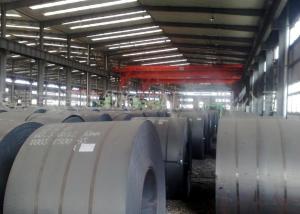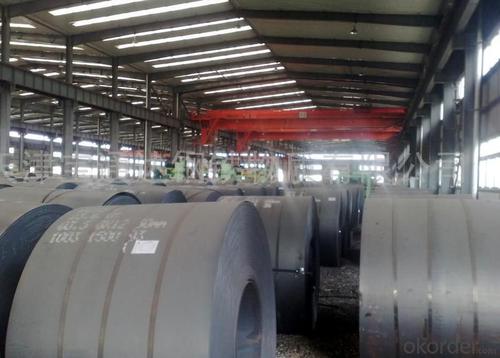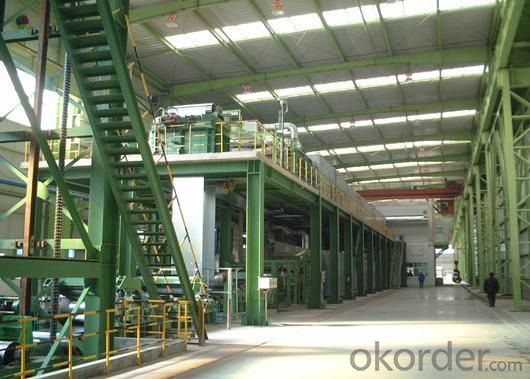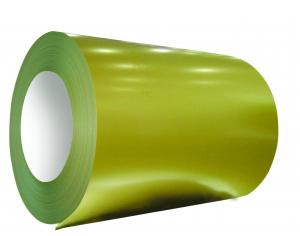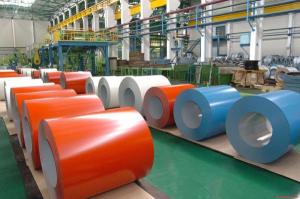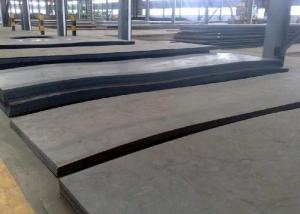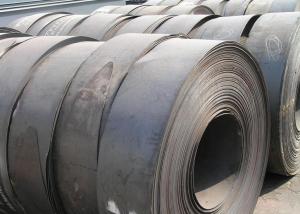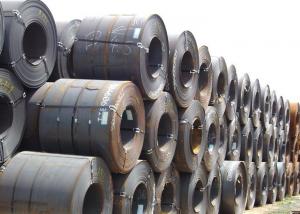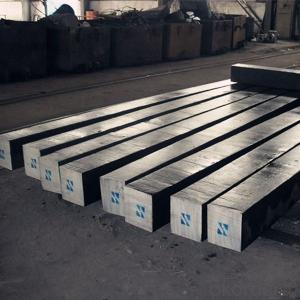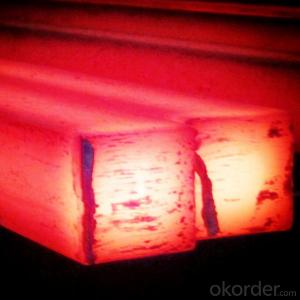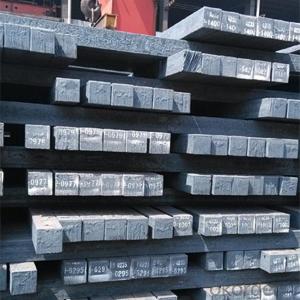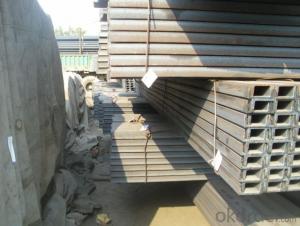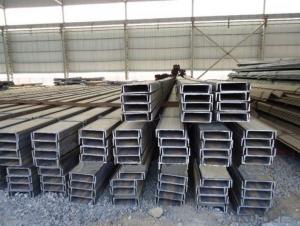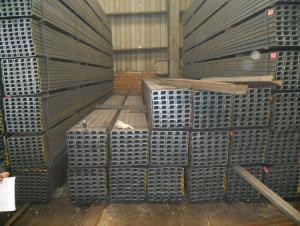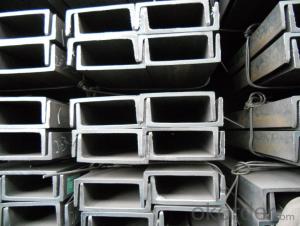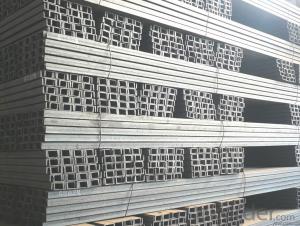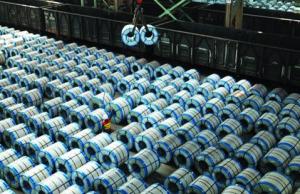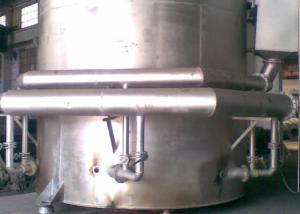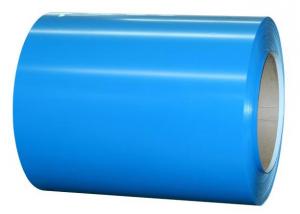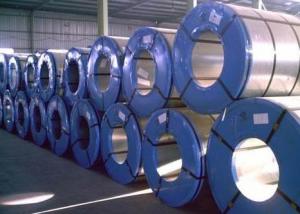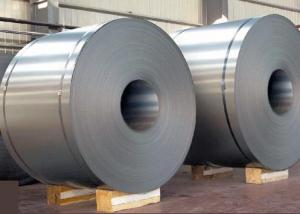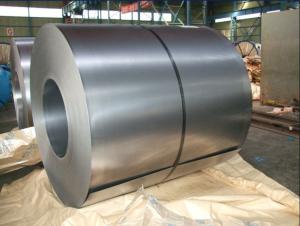Hot Rolled Channel Steel ASTM Prime Quality
- Loading Port:
- China Main Port
- Payment Terms:
- TT or L/C
- Min Order Qty:
- 50 tons m.t.
- Supply Capability:
- 50000 Metric Tons Per Month m.t./month
OKorder Service Pledge
OKorder Financial Service
You Might Also Like
Specification Of Hot Rolled Channel Steel ASTM Prime Quality
|
|
Thickness |
Width |
Length |
Coil Inside Diameter |
|
HOT ROLLED STEEL COIL |
1.50~25.0mm |
600~2000mm |
|
762mm |
|
HOT ROLLED STEEL STRIP |
1.50~20.0mm |
30~720mm |
|
762mm |
|
HOT ROLLED STEEL PLATE |
6.00~700mm |
500~4500mm |
4000~18000mm |
|
|
HOT ROLLED STEEL SHEET |
1.20~25.0mm |
50~2000mm |
0~18000mm |
|
|
HOT ROLLED STEEL CHEQUERED |
1.40~10.0mm |
900~1500mm |
0~18000mm |
|
Standard &Grade Of Hot Rolled Channel Steel ASTM Prime Quality
|
|
JIS |
ASTM |
SAE |
EN |
|
Commercial Quality |
G3131 SPHC |
A569 A635 A659 A1011 CS Type A, B, C |
1006~1025 |
10111 DD11 |
|
Drawing Quality |
G3131 SPHD |
|
1006~1010 |
10111 DD12 |
|
Deep Drawing Quality |
G3131 SPHE |
A622 A1011 DS Type A, B |
1006~1010 |
10111 DD13 DD14 |
|
General Structure (T.S.<490N/mm2) |
G3101 SS330 SS400 G3106 SM400A G3132 SPHT1 SPHT2 SPHT3 |
A36 A283 GR.C A570 GR.30~40 A1001 SS GR.30~40 |
1010~1025 |
|
|
General Structure (T.S.≥490N/mm2) |
G3101 SS490 G3106 SM490A SM490YA G3132 SPH4 |
A570 GR.45~50 A607 GR.45~70 A1011 SS GR.45,50 A1011 HSLAS GR.45~70 |
J1392 050X |
|
Definition Of Hot Rolled Channel Steel ASTM Prime Quality
Rolled to its final dimensions while it’s hot enough to scale, our hot-rolled steel is an amalgamation of the various qualities of steel. It can be in the form of plates, sheets and coils. Our Hot-Rolled Steel Sheets and Coils are applied to a wide range of uses such as automobile, electrical appliance, machinery manufacturing, container manufacturing, shipbuilding, bridge, pipeline, and receive high acclaim from our customers for its excellent quality.
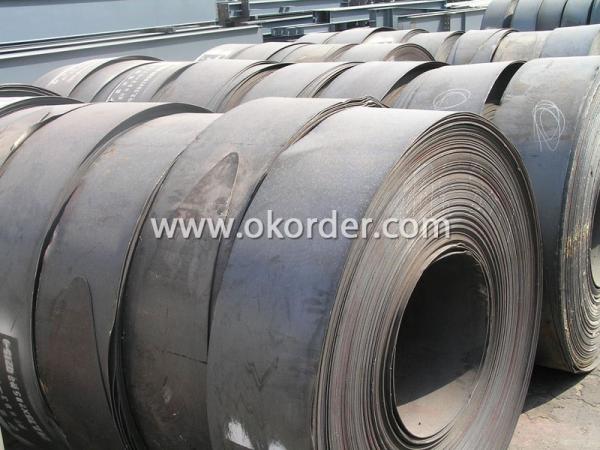
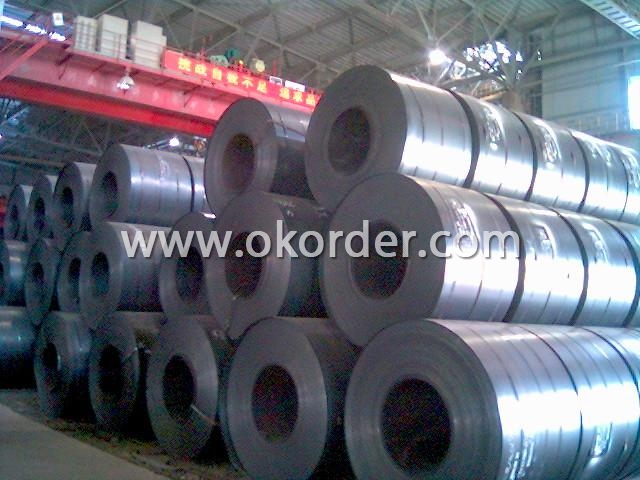
Usage/Application Of Hot Rolled Channel Steel ASTM Prime Quality
As raw material for:
Container &Pipe Production
Carbon Structural Steel
Low Alloy Steel
High Quality Carbon Structural Steel
Atmospheric Corrosion Resistant Steel
Low Carbon Steel (Commercial Quality, Drawing Quality, Deep Drawing Quality)
Packaging & Delivery Of Hot Rolled Channel Steel ASTM Prime Quality
The packing of coils consists of anti-damp paper, PVC film, hardboard paper, steel box, strapped with steel strips, fitted with locks and edge protectors and guarantees the optimal condition of the delivered goods. Each coil can be additionally fitted with wooden/steel skids(eye to the side) or wooden pallets(eye to the sky).
Bulk shipment packed with steel belt.
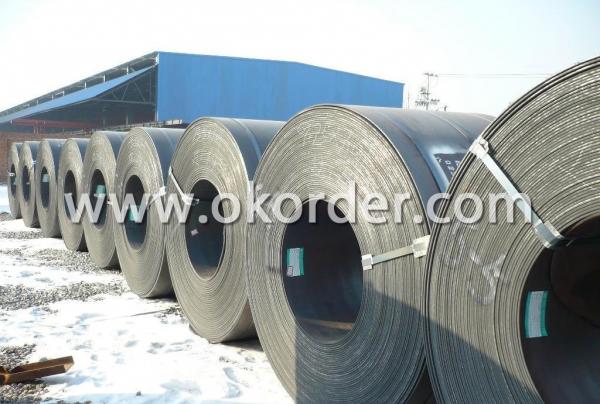
- Q: How is steel pipe threaded for plumbing applications?
- Steel pipe is threaded for plumbing applications using a process called threading, which involves cutting helical grooves or ridges on the external surface of the pipe. This is typically achieved using a threading machine or a die set. The threaded ends of the pipe can then be connected to fittings, allowing for a secure and leak-resistant plumbing system.
- Q: What are the different types of steel profiles used in architecture?
- There are several types of steel profiles commonly used in architecture, including I-beams, H-beams, C-channels, and angle irons. These profiles are widely utilized in building structures, providing strength and support for various architectural designs.
- Q: How is steel used in the production of wind turbine towers?
- Steel is used in the production of wind turbine towers due to its high strength and durability. It provides the necessary structural support for the tall towers, allowing them to withstand the forces exerted by wind and the weight of the turbine components. The steel is typically shaped and welded into sections, which are then stacked and bolted together to form the tower. This ensures stability and enables the turbine to reach greater heights, maximizing its exposure to wind and increasing energy production.
- Q: How is steel wire galvanized?
- Steel wire is galvanized by immersing it in a bath of molten zinc or by electroplating it with a layer of zinc. This process helps to protect the steel wire from corrosion and extends its lifespan.
- Q: What are the common types of steel products used in the e-commerce and logistics industry?
- The common types of steel products used in the e-commerce and logistics industry include steel shipping containers, steel shelving racks, steel pallets, steel strapping, and steel drums.
- Q: How are steel forgings used in the production of power generation equipment?
- Steel forgings are commonly used in the production of power generation equipment due to their superior strength, durability, and ability to withstand high temperatures and pressures. They are utilized in various components such as turbine blades, rotors, shafts, and casings, where their forged structure enhances their mechanical properties. This ensures reliable operation, increased efficiency, and longer service life of power generation equipment, ultimately contributing to the overall performance and stability of power plants.
- Q: How do steel products contribute to the water and wastewater treatment sector?
- Steel products play a crucial role in the water and wastewater treatment sector due to their durability, strength, and corrosion resistance. They are used extensively in the construction of various infrastructure and equipment, such as pipes, tanks, pumps, and valves, which are essential for transporting, storing, and treating water and wastewater. These steel products ensure the reliability and longevity of the systems, minimizing leaks, failures, and maintenance requirements. Additionally, steel's recyclability and sustainability make it an environmentally friendly choice for the water and wastewater treatment industry.
- Q: What is the role of steel in the infrastructure development?
- The role of steel in infrastructure development is crucial as it provides strength, durability, and flexibility to various structures such as bridges, buildings, and highways. Steel's high tensile strength allows for the construction of taller and larger structures, ensuring their stability and safety. Additionally, steel is resistant to corrosion, making it suitable for withstanding harsh weather conditions and extending the lifespan of infrastructure. Its versatility and recyclability also contribute to cost-effectiveness and sustainability in construction projects. Overall, steel plays a vital role in the development of resilient and long-lasting infrastructure.
- Q: What are the different types of steel products used in the manufacturing of packaging materials?
- There are several different types of steel products used in the manufacturing of packaging materials. Some common examples include steel strapping, steel drums, steel cans, and steel sheets. These steel products provide durability and strength to packaging materials, making them suitable for various industries such as food and beverage, pharmaceuticals, and shipping.
- Q: What are the applications of alloy steel in the energy sector?
- Alloy steel is widely used in the energy sector due to its exceptional strength, durability, and resistance to corrosion. It finds applications in various components such as pipelines, power generation equipment, turbines, and drilling equipment. The high strength-to-weight ratio of alloy steel makes it ideal for constructing structures that can withstand high pressures and temperatures, ensuring reliable and efficient energy production and transmission. Additionally, alloy steel's resistance to corrosion makes it suitable for use in harsh environments, such as offshore oil and gas platforms, where exposure to seawater and other corrosive substances is common.
1. Manufacturer Overview
| Location | Hebei, China |
| Year Established | 2002 |
| Annual Output Value | |
| Main Markets | North America Eastern Asia Africa Eastern Europe Southeast Asia Western Europe |
| Company Certifications | ISO 9001;ISO 14001 |
2. Manufacturer Certificates
| a) Certification Name | |
| Range | |
| Reference | |
| Validity Period |
3. Manufacturer Capability
| a) Trade Capacity | |
| Nearest Port | Tianjin; Qingdao |
| Export Percentage | 50% |
| No.of Employees in Trade Department | 50 People |
| Language Spoken: | English; Chinese |
| b) Factory Information | |
| Factory Size: | 30000 square meters |
| No. of Production Lines | Above 10 |
| Contract Manufacturing | OEM Service Offered |
| Product Price Range | Average |
Send your message to us
Hot Rolled Channel Steel ASTM Prime Quality
- Loading Port:
- China Main Port
- Payment Terms:
- TT or L/C
- Min Order Qty:
- 50 tons m.t.
- Supply Capability:
- 50000 Metric Tons Per Month m.t./month
OKorder Service Pledge
OKorder Financial Service
Similar products
Hot products
Hot Searches
Related keywords
